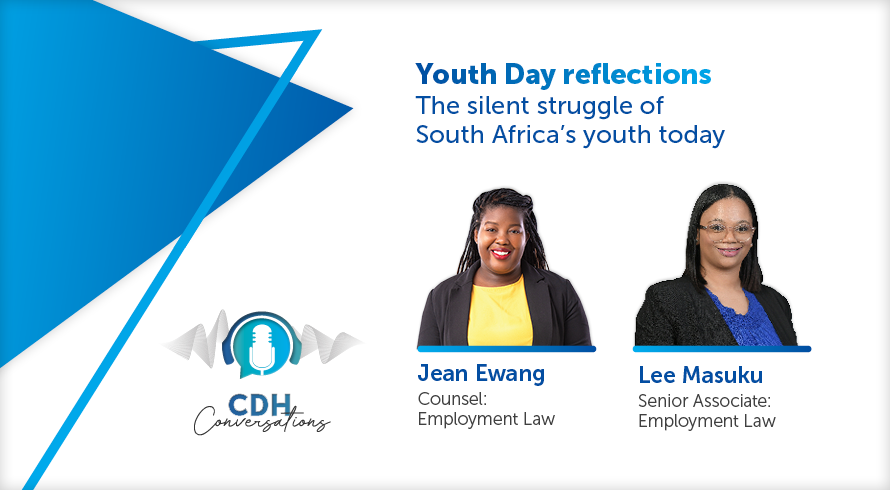Ruling on the Deeming Provision
The introduction of the amendments to s198 of the Labour Relations Act, No 66 of 1995, as amended ("LRA") inter alia seeks to address the exploitation of the so-called A-typical employees, which inter alia includes the employees of temporary employment services ("TES"). The exploitation includes a lack of protection for vulnerable employees, no job security and wage discrimination.
The interpretation of the amendments to the LRA, in particular s198A(3)(b)(i) ("Deeming Provision"), has led to two main approaches namely; the Sole Employer Approach and the Dual Employment Approach in respect of employees who earn below the threshold stipulated in the Basic Conditions of Employment Act, No 75 of 1997, and who perform work for a period exceeding three months.
In terms of the Sole Employer Approach, TES employees who are not performing temporary services for the client of the TES, become the employees of the client and the client becomes the only employer of the TES employees. This approach suggests that the employees are transferred to the client and that the TES is removed from the employment relationship.
In terms of the Dual Employment Approach, the Deeming Provision, read together with s198(4) and 198(4A) of the LRA, creates a dual employment relationship (for the purposes of instituting legal proceedings and executing same in certain instances only) and the employees therefore have two employers in this regard, the TES and the client.
These approaches were placed at the forefront of the National Bargaining Council for the Road Freight and Logistics Industry ("NBCRFLI") to establish the identity of the true employer of the TES employees.
The NBCRFLI ruled that employees who are not performing temporary services for the client of the TES, become the employees of the client only and any claim brought by the employees in terms of the LRA must be brought against the client. The NBCRFLI therefore favours the Sole Employer Approach.
The Ruling is subject to scrutiny due to the fact that it suggests that the TES is removed from the employment relationship, which inter alia infringes the TES's constitutional right to choose their profession freely. Nothing in the amendments to the LRA suggest a ban on TES. Other impractical implications arising from such an approach includes the fact that the joint and several liability, as well as the equality provisions in the LRA will become superfluous. This goes against the proximate reason for the amendments to the LRA.
In the premises, we intend to approach the Labour Court to have this Ruling reviewed.
The information and material published on this website is provided for general purposes only and does not constitute legal advice. We make every effort to ensure that the content is updated regularly and to offer the most current and accurate information. Please consult one of our lawyers on any specific legal problem or matter. We accept no responsibility for any loss or damage, whether direct or consequential, which may arise from reliance on the information contained in these pages. Please refer to our full terms and conditions. Copyright © 2025 Cliffe Dekker Hofmeyr. All rights reserved. For permission to reproduce an article or publication, please contact us cliffedekkerhofmeyr@cdhlegal.com.
Subscribe
We support our clients’ strategic and operational needs by offering innovative, integrated and high quality thought leadership. To stay up to date on the latest legal developments that may potentially impact your business, subscribe to our alerts, seminar and webinar invitations.
Subscribe



